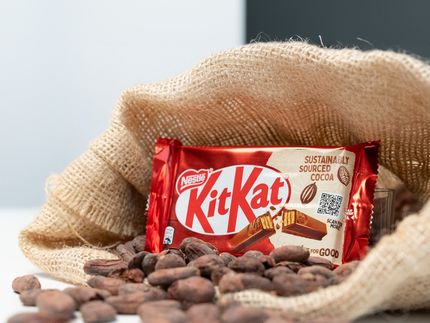Top clean-packaging trends
Advertisement
The packaging sector has undergone a significant transformation over the past decade and it continues to evolve. Against this backdrop, brands are exploring new strategies in line with consumers’ desire to lead an environmental-friendly, sustainable and more hygienic lifestyle.
Sumit Chopra, Consumer Research Director at GlobalData, a leading data and analytics company, highlights the top clean-packaging trends that are going to impact the production, marketing and sales of consumer packaged goods in Asia-Pacific (APAC) in 2019.
Trust and Transparency
GlobalData’s 2018 Q4 consumer survey reveals that 68% of consumers in APAC are always or often influenced by how trust-worthy or risk-free a product is. Subsequently, food and beverage manufacturers are creating a niche for themselves across a range of criteria by addressing supply chain inefficiencies and investing in targeted sampling and testing programs along with fraud-aware audits to boost consumer satisfaction.
Innovation and Differentiation
Safety and quality are driving tremendous innovation in the consumer packaging space. With consumers embracing products with simple claims, clear labels and environmental-friendly packaging, brands are focusing on improving the labelling on their products and using claims on food products such as ‘fair trade,’ alternative nutrient sources (such as vegan meat), and innovating beyond plastic by ensuring that materials used are completely recyclable.
GlobalData 2019 Q3 survey reveals that 69% of APAC consumers look for sustainability aspect in product packaging while 71% look for reusable and refillable product packaging. For instance, in 2019, Chr. Hansen launched FRUITMAX Reds based on the Hansen sweet potato, with colors ranging from red, orange to yellow that can be clearly and simply labelled on a list of ingredients.
Ethical Wellbeing
According to GlobalData 2018 Q4 Consumer Survey, 65% of consumers in APAC are always or often influenced by how a product impacts their health and wellbeing while making product choices. As a result, brands are keeping high-quality ingredients at priority and moving towards bio-degradable packaging materials to support the health and wellbeing of consumers. For instance, in China, NFC Apple & Banana Juice Nongfushanquan comes in in a 300ml transparent bottle format with printed label stating formulation that is “free-from added water, added sugar and additives.” See-through packaging reinforces fresh and natural image.
Smart Packaging
Technology has not only created consumer engagement opportunities for the brands but also allows them to track their products at all stages of the logistics and distribution channels, prevent counterfeit products in the supply chain, gain real-time product feedback and other measurable marketing insights. As a result, brands have started engaging the consumers through smart packaging, offering them tools and apps with a barcode scanner to track toxic ingredients, and using software tools to create digital identities for their products.
In APAC, countries such as Korea, Japan and China have already adopted on-pack QR codes to bridge the information gap between the physical and digital worlds. For example, Switzerland-based smart packaging company ScanTrust partnered with Shanghai-based coffee firm Cambio Coffee in building a blockchain–enabled traceability functions for its products and existing mobile applications, using a copy –proof QR code.


































































